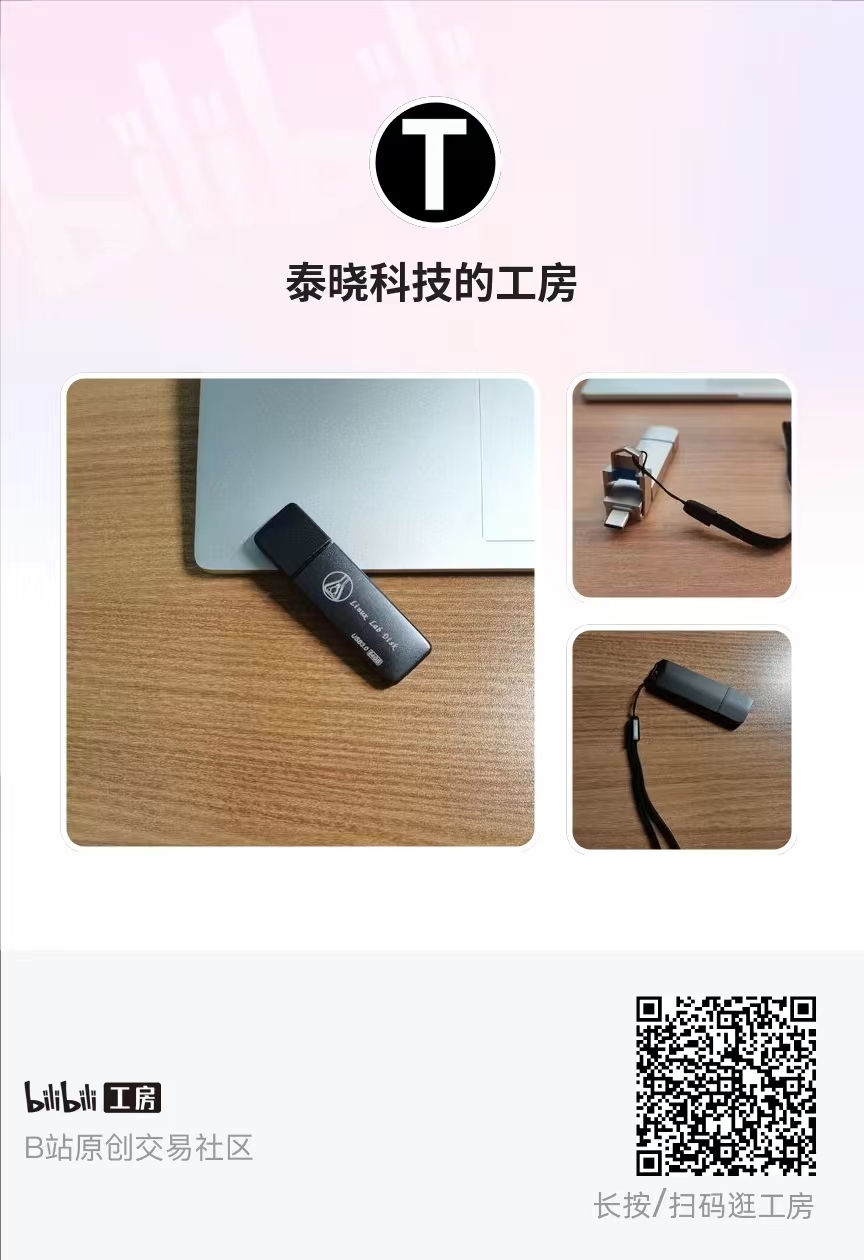[置顶] 泰晓 RISC-V 实验箱,配套 30+ 讲嵌入式 Linux 系统开发公开课
[置顶] 泰晓社区近日发布了一款儿童益智版 Linux 系统盘,集成了数十个教育类与益智游戏类开源软件国内首个儿童 Linux 系统来了,既可打字编程学习数理化,还能下棋研究数独提升智力
泰晓资讯·11月 / 第三期 / 2015
LWN: 内核峰会 2015 成功在首尔举办
泰晓科技对这次峰会有详细介绍,见:2015 内核峰会简报
Khronos: 发布 OpenCL 2.1 与 SPIR-V 1.0 规范
SPIR-V 1.0 is an intermediate language fully defined by Khronos with unique, native support for graphics shaders and computational kernels.
The OpenCL C++ kernel language released in the OpenCL 2.1 provisional specification is being finalized and will be released imminently, also using SPIR-V for run-time execution.
AMD 耕耘多年的异构计算体系,渐渐成形。
对了,坐等 Vulkan 规范发布。
Phoronix: AMD 计划发布 HCC(Heterogeneous Compute Compiler)
AMD has been open-sourcing several components of their Linux HSA (Heterogeneous System Architecture) stack for the past several months including the AMDKFD kernel driver and HSAKMT run-time.
…, they’re reportedly planning to publish a Heterogeneous Compute Compiler (HCC) that utilizes LLVM.
AMD 在 LLVM 开发者会议 2015 上透露了该计划。
从面向应用开发者的 OpenCL,到中间的实现支撑库 HSAKMT,再到底层驱动 AMDKFD,AMD 平台异构计算的软件栈正在形成。
独有无偶,Imagination 也已公布异构计算的初步路线图,详见此(PDF)
Phoronix: Google 的开源 CUDA 编译器 GPUCC,碉堡了
GPUCC is their name for an open-source GPGPU compiler built atop LLVM.
They call it “the first fully-functional, open-source high performance CUDA compiler” that is up to 51% faster on internal end-to-end benchmarks, on par with open-source benchmarks, compile time is 8% faster on average and 2.4x faster for pathological compilations compared to NVIDIA’s official CUDA compiler (NVCC).
CUDA 是来自 NVIDIA、出道早于 OpenCL 的异构计算框架,有较广泛应用。
Google 在 LLVM 开发者会议 2015 介绍了 GPUCC(PDF)
顺便说一句,LLVM 05 的其他幻灯在此公布,视频发布在你懂的某个不存在的网站。
Intel GFX: 发布 XenGT,一个图形仲裁透传(Mediated Graphics Passthrough)方案
A virtual GPU instance is maintained for each VM, with part of performance critical resources directly assigned.
The capability of running native graphics driver inside a VM, without hypervisor intervention in performance critical paths, achieves a good balance among performance, feature, and sharing capability.
Xen is currently supported on Intel Processor Graphics (a.k.a. XenGT); and the core logic can be easily ported to other hypervisors.
LWN:无 UI 也是一种 UI
Aubé’s premise is that “invisible” applications—those that use text-messaging or voice-recognition rather than on-screen interfaces—are the future of UI design.
Langridge, however, contends that “until very recently, and honestly pretty much still, a computer can’t understand the nuance of language. So ‘use language to control computers’ meant ‘learn the computer’s language’, not ‘the computer learns yours’.”
咳咳,大哥你把 “UI” 混同 “GUI” 也太不专业了吧(☆_☆)
回到话题,GUI 常以一组又一组图形控件的颜面,来给用户做选择题。所需呈现的事物越复杂,则控件数量及关联越多,由此干扰交互,至而搞晕用户。这在手机为代表的、屏幕尺寸有限的移动设备上更易显现。
移动场景下使用设备,需干净利落地人机交互。这便要借助对语境的识别,即“机器智能”,而不是徒徒增加屏幕尺寸。
我们在 移动终端 UI 设计新思路:从图形界面回归“命令行”? 、大开脑洞,做一个比表屏大,比 phone 便携的移动设备 也表达了相似的想法。
猜你喜欢:
- 我要投稿:发表原创技术文章,收获福利、挚友与行业影响力
- 泰晓资讯:汇总一周技术趣闻与文章,查看「Linux 资讯」
- 知识星球:独家 Linux 实战经验与技巧,订阅「Linux知识星球」
- 视频频道:泰晓学院,B 站,发布各类 Linux 视频课
- 开源小店:欢迎光临泰晓科技自营店,购物支持泰晓原创
- 技术交流:Linux 用户技术交流微信群,联系微信号:tinylab
| 支付宝打赏 ¥9.68元 | 微信打赏 ¥9.68元 | |
 |  请作者喝杯咖啡吧 |  |
Read Album:
- 泰晓资讯·7 月 / 第二期 / 2024
- 泰晓资讯·7 月 / 第一期 / 2024
- 泰晓资讯·6 月 / 第三期 / 2024
- 泰晓资讯·6 月 / 第二期 / 2024
- 泰晓资讯·6 月 / 第一期 / 2024


